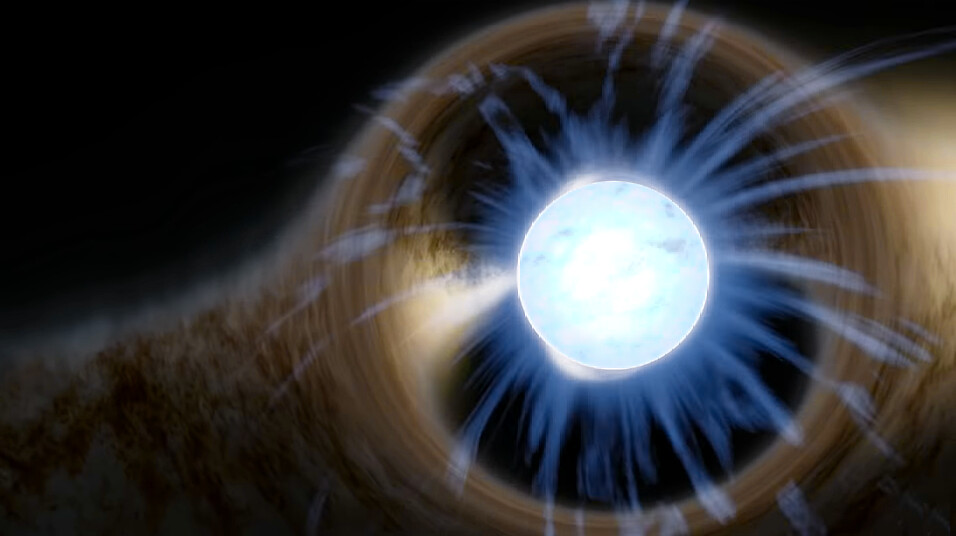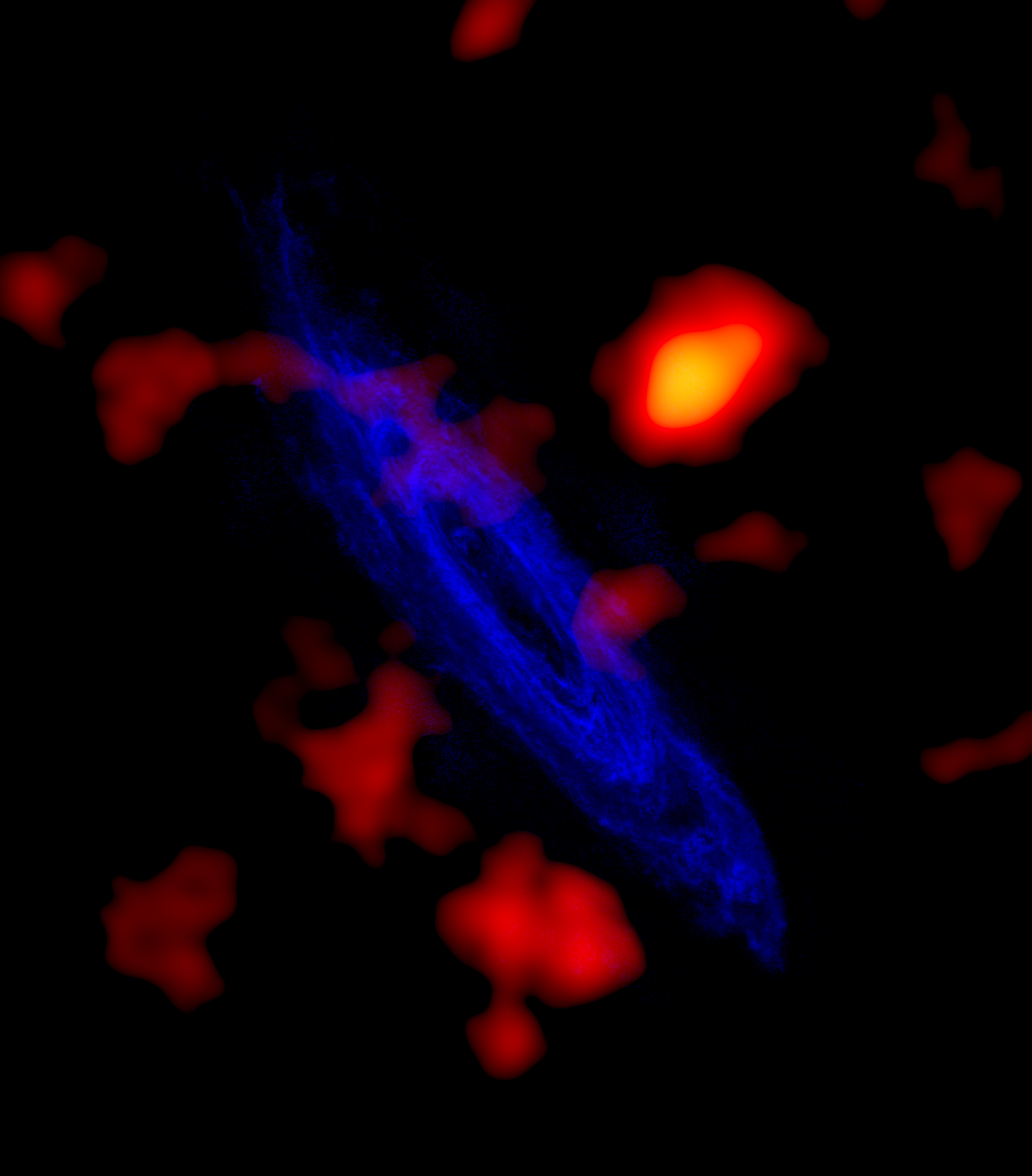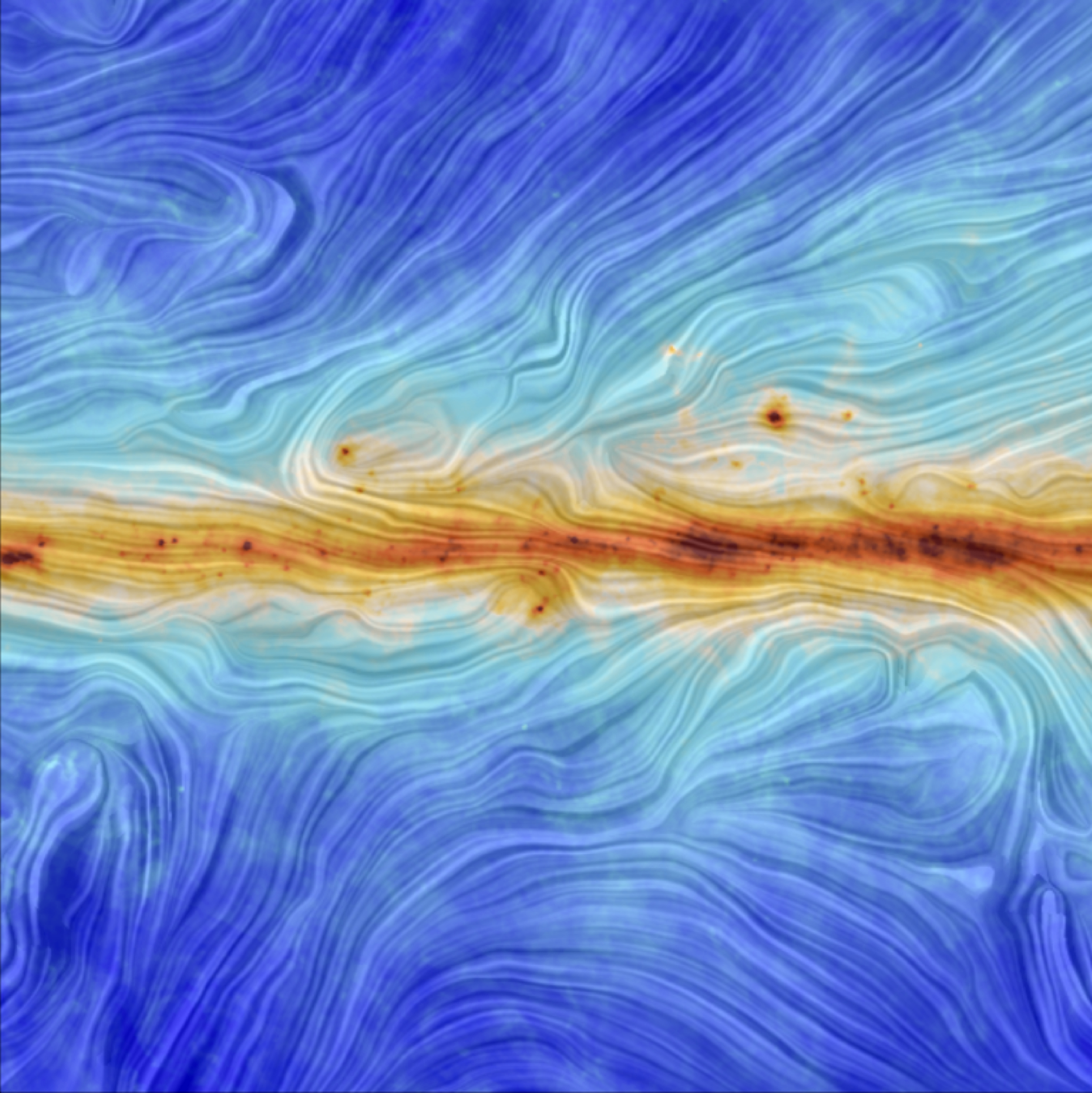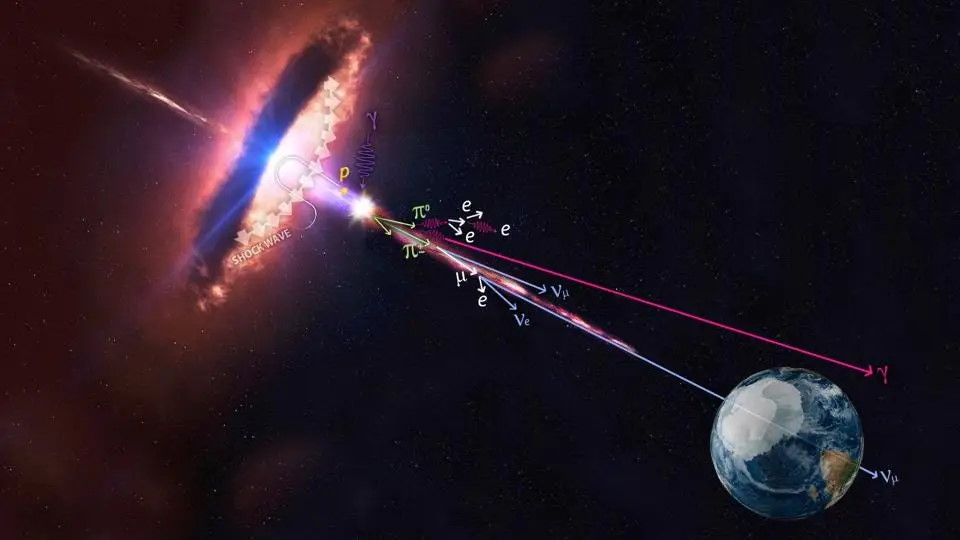Starts With A Bang podcast #92 – Type Ia supernovae
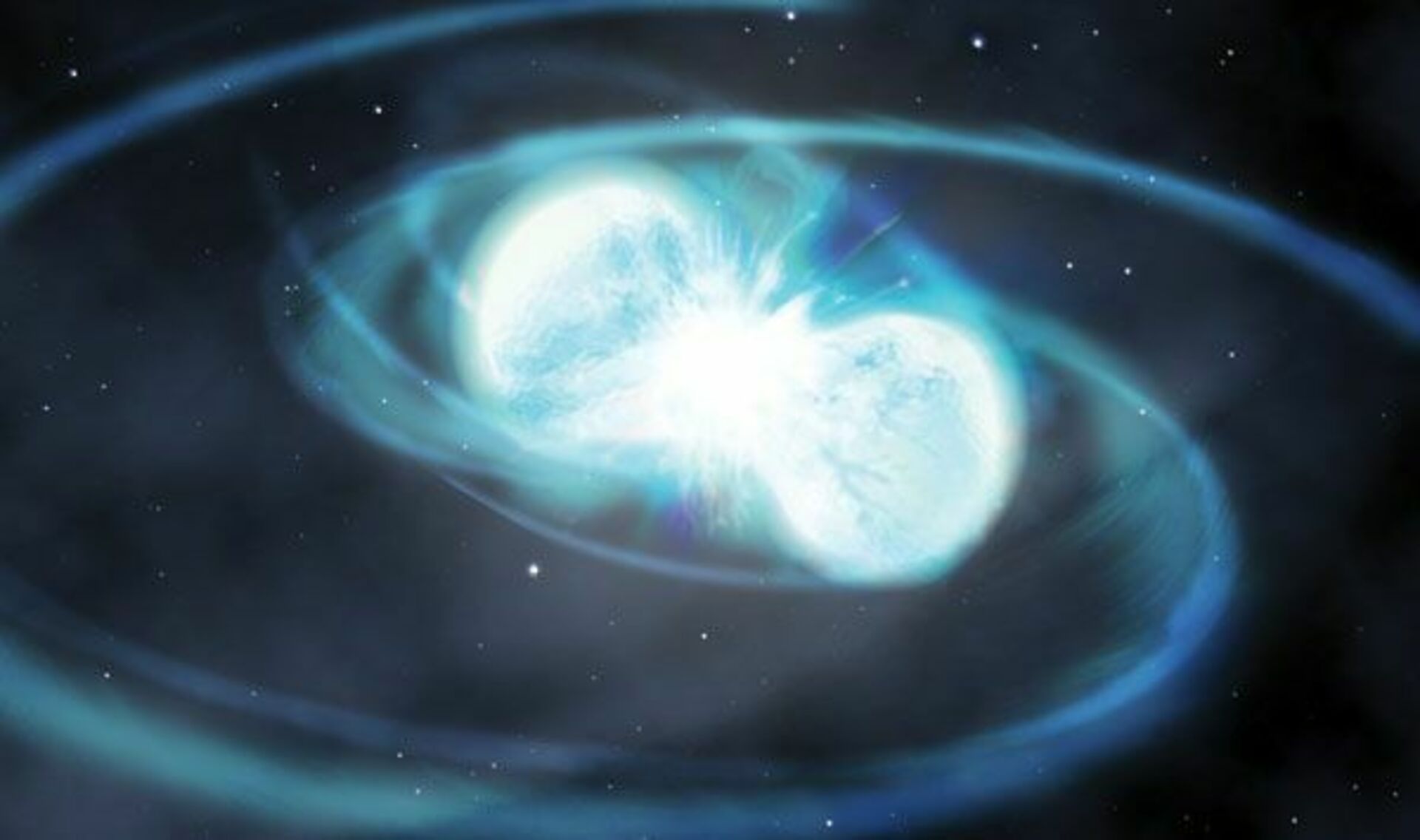
- Type Ia supernovae are some of the most important objects in the Universe, and were the key to unlocking the discovery of dark energy.
- Despite predicting their existence and having a potential explanation for them for nearly a century, we’re finally figuring out that we had the theoretical mechanism wrong all along.
- In this fascinating discussion, follow along as we unpack the story of these fascinating objects, and come up to the frontiers of just what might be powering these cosmic cataclysms!
Back in the 1990s, observations of type Ia supernovae were the key data set that led astronomers to conclude that the Universe’s expansion was accelerating, and some new form of energy, now known as dark energy, was permeating the Universe. Over the past ~25 years, those observations have gotten so good that we now have a tension within the expanding Universe, as different methods of measuring the expansion rate yield two different sets of mutually incompatible results.
What’s remarkable is that this result is robust even though we’re still somewhat uncertain as to exactly how these type Ia supernovae occur. The original scenario, put forth by Chandrasekhar nearly a century ago, still has its adherents, but the evidence appears very strong that approaching and reaching a “mass limit” beyond which atoms are unstable can only explain a small fraction of white dwarf behavior. Instead, a new paradigm dominated by merging white dwarfs may explain nearly all type Ia supernova explosions!
On this episode of the Starts With A Bang podcast, we talk to UC Berkeley astronomer Dr. Ken Shen, a theorist whose expertise lies in type Ia supernovae, and learn how just the last 20 or so years have led to a revolution in how we conceive of these “standard candles” in the Universe, and just what observations might soon lead us to know, for certain, how these cosmic events are truly triggered!
